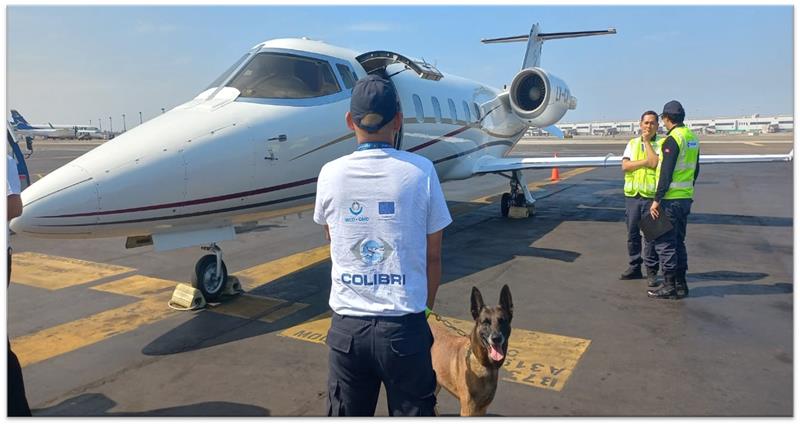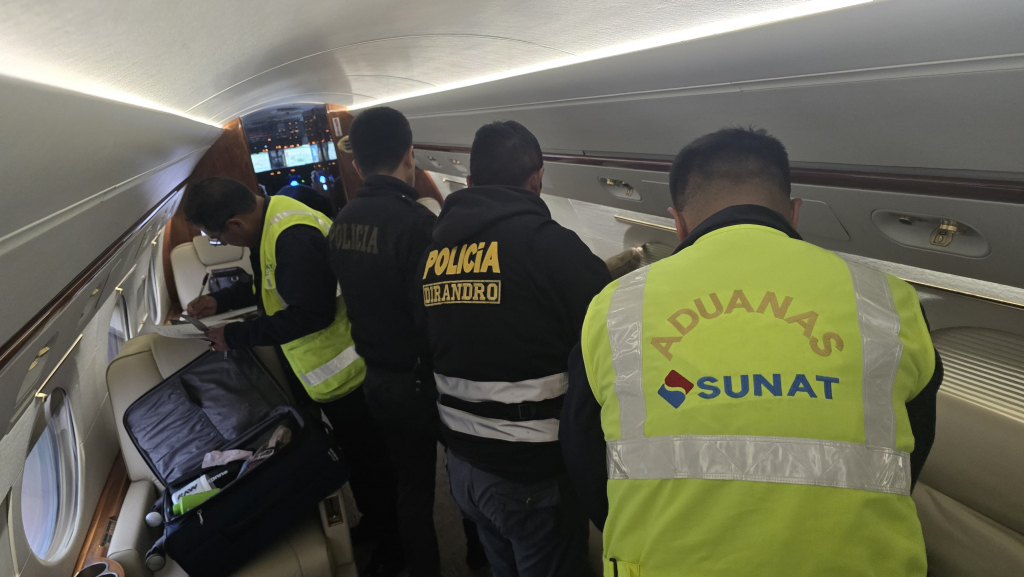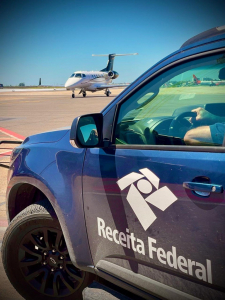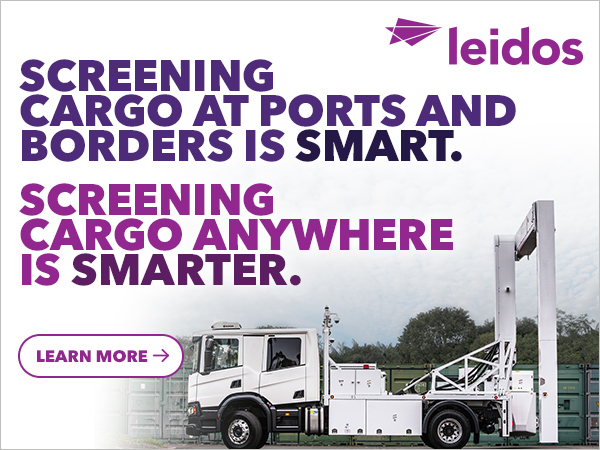WCO enforcement operation targeting general aviation exposes the need for better monitoring of this mode of transport
22 June 2025
By the WCO SecretariatOperation COLIBRI Paramuno highlights the use by criminals of general aviation to move illicit goods as well as the need to strengthen risk analysis capabilities and conduct regular control operations for this mode of transport.
In 2019, with funding from the European Union, the WCO launched the COLIBRI Project with the objective of reinforcing the capacities of enforcement agencies in Latin America, the Caribbean and West Africa in implementing effective controls on general aviation (GA).[1]
The COLIBRI Project brings together enforcement agencies from 19 countries, including Customs, police, military and civil aviation authorities, for the purpose of enhancing their capacity to monitor GA activities and, in particular, to detect the transport of drugs from Latin America and the Caribbean to West Africa and Europe.
The Project provides support for and training in targeting and inspection techniques, and promotes inter-agency and international coordination, along with the availability of a Geoportal which is a mapping tool that allows users to collect and visualize data using a map (see the article published in October 2021).
The Geoportal consists of a mobile application supporting data collection, a geospatial map and a database that holds information on observations made by field officers and on controls carried out on aircraft. The objective is to obtain a comprehensive database on all GA aircraft operating within a territory, which would be accessible to all the countries taking part in the Project. Collecting this data also enables users to track the history of controls on an aircraft since its registration and to geolocalize a specific series of events.

Operation COLIBRI Paramuno
To assess the work done by partner countries in these domains and to identify vulnerabilities and needs, the WCO Secretariat organized a 16-day enforcement operation called “Operation COLIBRI Paramuno” in March 2025. Participants were requested to intensify controls over GA flights, with a focus on transatlantic flights departing from Latin America or the Caribbean, transiting via countries in West and Central Africa, with a final destination in Europe.
More than 80 agencies conducted monitoring and control activities, mainly at international airports and secondary aerodromes. These activities focused on verifying documentation, inspecting aircraft, identifying possible irregular flight patterns, and reporting controls, observations and seizures in the COLIBRI Geoportal. The participating agencies also shared alerts and information at international level via the WCO secure real-time communication tool CENcomm.
A total of 1,958 events were reported, more than half of them by Customs administrations.
These events consisted of:
- 1,571 controls carried out and reported in both regions;
- the addition of 227 observation data points to the database;
- the addition of 149 runways, both legal and clandestine, to the database;
- the seizure of 2 tonnes of drugs;
- the seizure of a variety of commodities, including weapons, aviation fuel and technical equipment; and
- the immobilization of one aircraft for fiscal fraud.
The Operation provided insights into criminal methods, with several seizures leading to the dismantlement or disruption of trafficking operations. For example, in Bolivia, authorities dismantled a cocaine crystallization laboratory and seized more than 1 tonne of drugs. In Brazil, weapons, aviation fuel and helicopters were seized alongside narcotics.

Cartographic added value
The Geoportal is a geospatial platform where all the data collected by partner countries is visualized on a global map. This map, populated with geo-located data, is supported by satellite imagery, making it possible to place the events in their environmental context.
Displaying the data in their geographical and environmental context allows partners to understand flight patterns in GA and identify high-risk areas, thus optimizing risk management, operational efficiency and resource allocation.
Moreover, sharing geo-located data on GA via the Geoportal contributes to strengthening inter-agency collaboration, not only within a country but also at international level.
One proficient user of the Geoportal is the Colombian Air Force which uses the tool to monitor high-risk territories over time and plan preventive and reactive control operations accordingly. During Operation Paramuno, it detected approximately 690 kg of cocaine hydrochloride.[2]
Inter-agency and interregional coordination
 Ensuring national coordination between enforcement agencies is pivotal in bridging barriers and overcoming operational challenges. In Uruguay, “COLIBRI teams” were created, combining staff from the country’s Air Force, Customs and Police. In Ghana, Customs worked alongside the Narcotics Control Commission (NACOC), Police, Ghana Civil Aviation Authority (GCAA) and Ministry of National Security, deploying teams at main and secondary airports. Nigeria implemented a joint plan between Customs and the Nigerian Drugs Law Enforcement Agency (NDLEA) and Civil Aviation Authority (NCAA). Paraguay’s operation brought together Customs, the National Anti-Drug Secretariat (SENAD), Air Force, Police (Sensitive Intelligence Unit, SIU) and National Directorate of Civil Aeronautics (DINAC) for the control of airfields identified through risk analysis, an approach that enabled the rapid recovery of a stolen Brazilian helicopter, located less than 24 hours after its theft thanks to joint efforts between Paraguayan and Brazilian authorities.
Ensuring national coordination between enforcement agencies is pivotal in bridging barriers and overcoming operational challenges. In Uruguay, “COLIBRI teams” were created, combining staff from the country’s Air Force, Customs and Police. In Ghana, Customs worked alongside the Narcotics Control Commission (NACOC), Police, Ghana Civil Aviation Authority (GCAA) and Ministry of National Security, deploying teams at main and secondary airports. Nigeria implemented a joint plan between Customs and the Nigerian Drugs Law Enforcement Agency (NDLEA) and Civil Aviation Authority (NCAA). Paraguay’s operation brought together Customs, the National Anti-Drug Secretariat (SENAD), Air Force, Police (Sensitive Intelligence Unit, SIU) and National Directorate of Civil Aeronautics (DINAC) for the control of airfields identified through risk analysis, an approach that enabled the rapid recovery of a stolen Brazilian helicopter, located less than 24 hours after its theft thanks to joint efforts between Paraguayan and Brazilian authorities.
Bolivia fully mobilized all national LEAs, including FELCN, FELCC, Customs and the Air Force, focusing on airports and high-risk departments across the country. Argentina deployed over 200 officers from Customs (ARCA) and partner agencies across 28 airports, prioritizing data sharing. Brazil’s coordinated plan involved Customs (Receita Federal), the Federal Police, National Civil Aviation Agency (ANAC) and Air Force, supported by the Brazilian Intelligence Agency ABIN. Brazil deployed significant resources, including helicopters, and canine units were also mobilized in several regions in both countries to support the operational activities.
In Côte d’Ivoire, a General Aviation Unit was coordinated by Customs in cooperation with the Gendarmerie and the Ministry of Water and Forests. The control operations conducted by Customs at primary and secondary airports led to the detection of a complex fiscal fraud case involving a dismantled aircraft falsely declared as spare parts.
More information
colibri@wcoomd.org
https://colibri.wcoomd.org/en
[1] General aviation (GA) activities are defined by the International Civil Aviation Organization (ICAO) as “All civil aviation operations other than scheduled air services and non-scheduled air transport operations for remuneration or hire”. Source: https://www.icao.int/dataplus_archive/Documents/20130807/GLOSSARY%20v1%202.pdf.
[2] Incautado clorhidrato de cocaína avaluado en 33 millones de dólares | Fuerza Aeroespacial Colombiana

